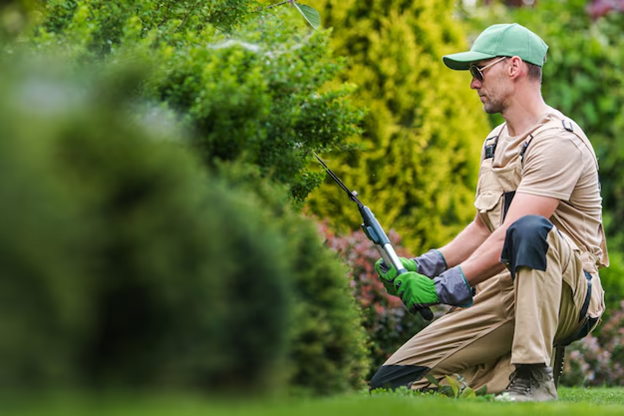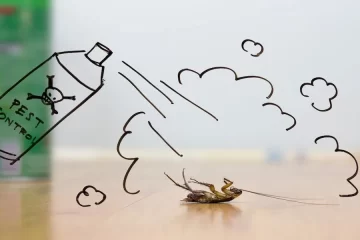Maintaining a Healthy and Pest-Free Outdoor Space

Creating a beautiful and thriving outdoor space requires more than just aesthetics. Maintaining a healthy and pest-free environment is crucial for the well-being of your family, pets, and the overall ecosystem. In this comprehensive guide, we’ll explore various strategies to keep your outdoor oasis free from unwanted pests and weeds, ensuring a safe and enjoyable experience.
Identifying and Preventing Pests
Pests can be a nuisance in any outdoor setting, from pesky insects to small rodents. The first step in maintaining a pest-free environment is to identify the common culprits in your area. Research the local pest population and familiarize yourself with their habits and signs of infestation. This knowledge will help you take proactive measures to deter them.
One effective way to prevent pests is to weed control services. Maintaining a well-manicured lawn and garden can make your outdoor space less attractive to pests. Regularly removing weeds, trimming vegetation, and eliminating standing water can create an environment that is less hospitable for unwanted visitors.
Organic Pest Control Strategies
While chemical pesticides may seem like a quick fix, they can have unintended consequences on the environment and your family’s health. Instead, consider adopting organic pest control methods that are gentle yet effective. Introduce beneficial insects, such as ladybugs or lacewings, to your garden to naturally control pests. You can also use natural repellents, like essential oils or diatomaceous earth, to deter pests without harming the surrounding ecosystem.
Maintaining a Healthy Lawn
A lush, green lawn not only enhances the aesthetic appeal of your outdoor space but also plays a crucial role in maintaining a healthy and pest-free environment. Proper lawn care, including regular mowing, watering, and fertilization, can help your lawn thrive and become more resilient to pests and weeds. When it comes to mowing, be sure to adjust the height of your mower blades to the recommended level for your grass type. This helps to promote deeper root growth and a healthier overall appearance. Additionally, consider leaving the grass clippings on the lawn, as they can provide valuable nutrients for the soil.
Addressing Weed Infestations
Weeds can be a persistent problem in any outdoor space, competing with your desired plants for resources and detracting from the overall aesthetic. Implementing a comprehensive weed control services strategy is essential to maintaining a healthy and visually appealing outdoor area. Start by regularly inspecting your lawn and garden for any signs of weed growth. Pull weeds by hand, ensuring to removal of the entire root system. You can also use organic mulches, such as wood chips or leaves, to suppress weed growth and retain moisture in the soil.
Incorporating Native Plants
Choosing native plants for your outdoor space can have numerous benefits, including increased pest resistance and reduced maintenance requirements. Native plants are well-adapted to the local climate and ecosystem, making them more resilient to pests and diseases. By incorporating native species into your landscape, you can create a thriving, low-maintenance outdoor oasis that supports the local wildlife and ecosystem.
Conclusion
Maintaining a healthy and pest-free outdoor space requires a multi-faceted approach that combines preventative measures, organic pest control strategies, and a focus on overall lawn and garden health. By implementing the strategies outlined in this guide, you can create a beautiful, sustainable, and enjoyable outdoor environment for you and your family to enjoy. Remember to stay vigilant, adapt your approach as needed, and embrace the natural balance of your outdoor space.











